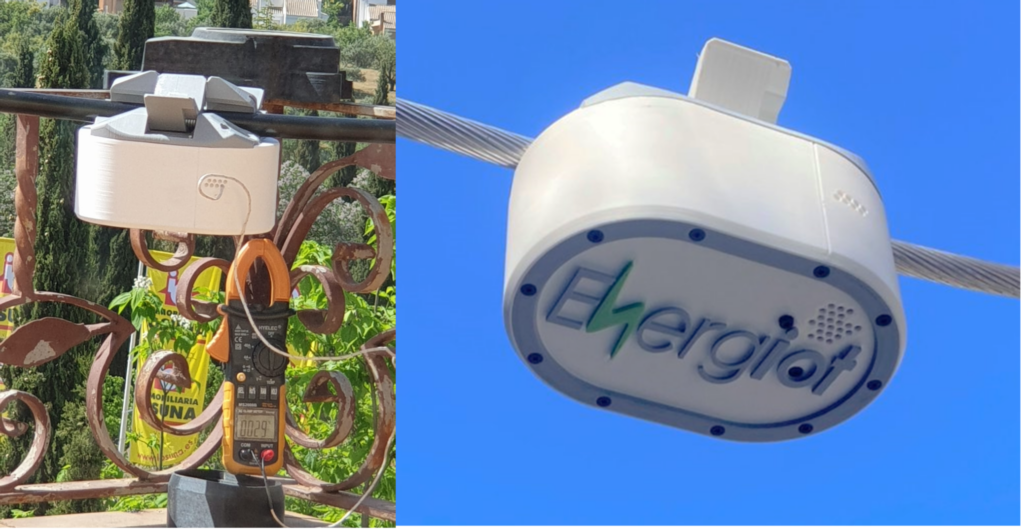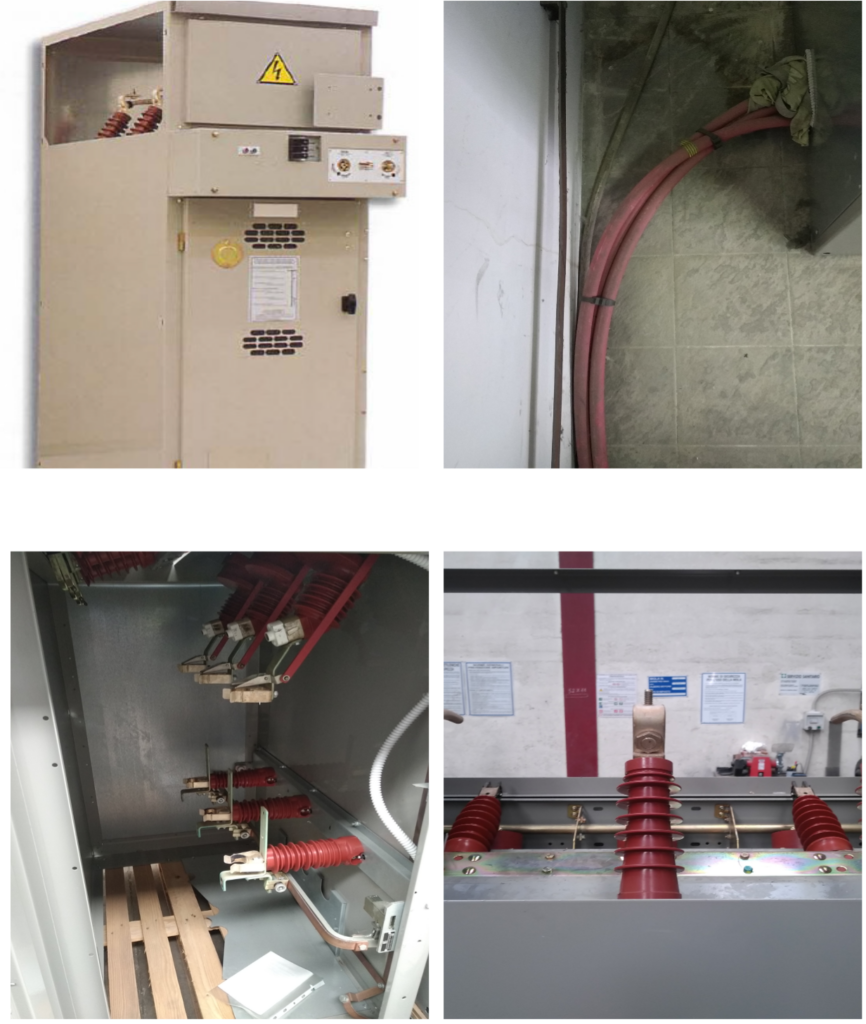The Electric Grid Monitoring by Open-Access IoT (EGMOI) project, led by Energiot, is an innovative solution that aims to provide an intelligent IoT platform for grid operators to monitor their assets in real-time and with precision. Energiot is a company that specializes in developing sustainable IoT devices for smart grid monitoring. The company’s mission is to create a sustainable and energy-efficient world by providing innovative solutions to the power distribution industry.
One of Energiot’s goals is to become the ‘Google Maps’ of the electrical grid, where all events are monitored in real-time and precisely located. The EGMOI project is a unique solution that consists of smart self-powered wireless sensor nodes integrated into a SaaS platform. This could enable improvement in power grid capacity, reducing operational and maintenance costs.
Energiot uses a patented piezoelectric energy harvester that allows for deploying a multitude of IoT devices needed for smart grid monitoring. This makes deploying monitoring hardware into the extensive grid with clean technology feasible, avoiding the use of toxic batteries and processing data directly in the IoT device (edge computing) to minimize the payload and energy consumption. In addition, the cost-efficient manufacturing technology allows the deployment of an affordable IoT network in the vast grid extension.

Figure 1 – Energiot device being tested
The EGMOI project’s objectives include developing an API to access the models for smart monitoring and predictive maintenance of key assets using Enerigot devices. In addition, the project aims to provide an open interface and access to Energiot’s IoT devices for distribution network operators. In this case, the data and model could be accessed by other platforms.
The EGMOI project also aims to overcome barriers by providing a flexible IoT network with many devices, increasing the grid’s resilience, monitoring smart grid in real-time and precise location, and increasing grid capacity.
ASM Terni, a public utility responsible for operating and maintaining the power distribution network in the City of Terni (Italy), is receiving the EGMOI project in its living lab for testing a proof of concept. The company faces the challenge of increased renewable energy sources being connected to the grid. This fact has increased the non-programmable power injected into the grid, making it urgent to have smart grid 24/7 monitoring that allows dynamic increases of capacity and increases resilience by a flexible and affordable IoT system capable of managing data from thousands of devices. For this project, the Energiot devices will be used to monitor key assets in the substation. In this case, ASM Terni chose to watch the transformers and cables connecting to it.

Figure 2 – Assets to be monitored in the project
The EGMOI project aligns with the IoT-NGIN framework, which focuses on the challenges of the next-generation IoT era. The project addresses the first challenge by demonstrating that Energiot’s technology contributes to creating a federated edge cloud IoT system in the grid through self-powered and autonomous devices. It also enforces interoperability and data sovereignty through open APIs, ensuring scalability, affordability, and the capability to be placed anywhere in the network.
The EGMOI monitors the electric grid in real-time, enabling the reduction of congestion on power lines, the optimization of asset utilization, efficiency improvement, and cost reduction. It also permits increased solar and wind integration, reduces curtailment for these renewable energy sources, and makes power generation dispatch more cost-effective.
In conclusion, the EGMOI project is an innovation that aims to solve some of the power distribution industry’s challenges. Energiot’s unique solution and the EGMOI project’s implementation in ASM Terni are poised to enhance the power distribution industry, increasing its efficiency and resiliency. Furthermore, the project aligns with the IoT-NGIN framework and offers numerous solutions that make it a promising innovation for the future of sustainable energy.
